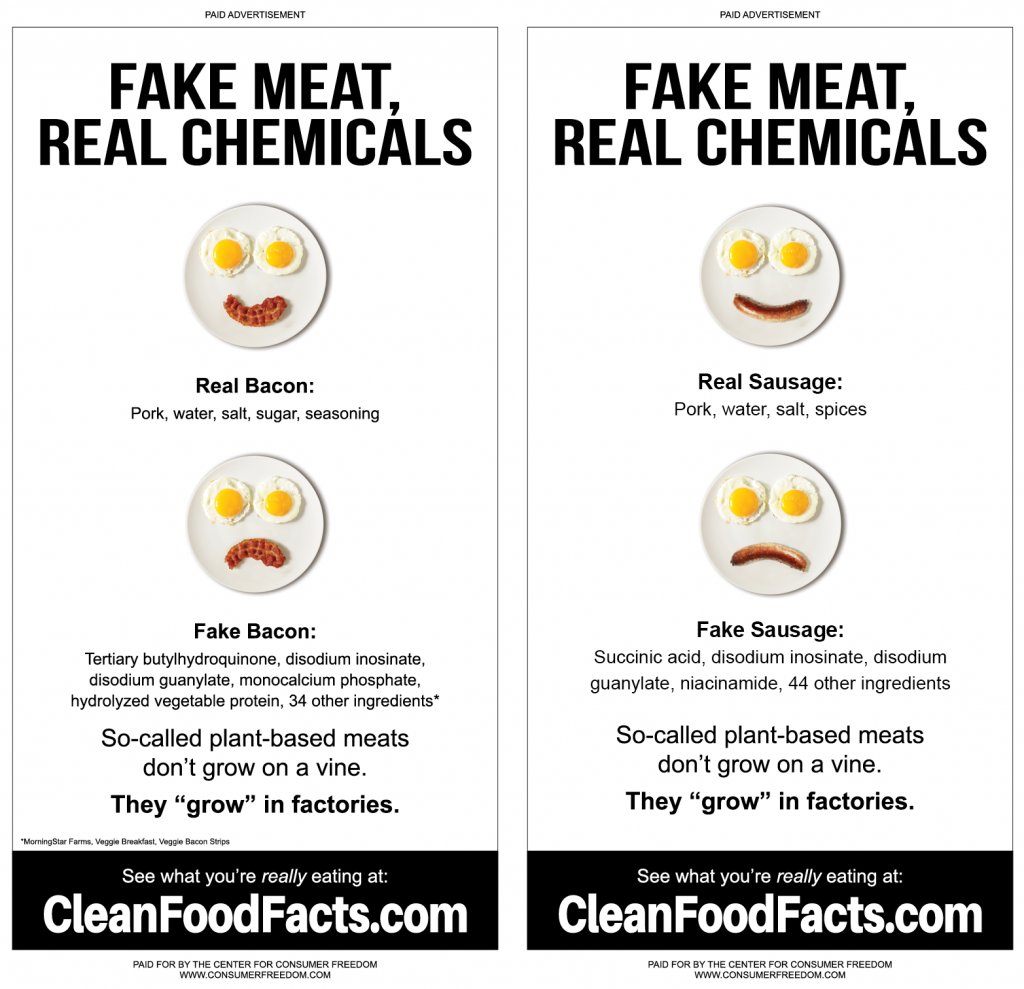On the front page of this morning’s Wall Street Journal marketing section, reporter Betsy McKay takes a hacksaw to the public-health myth that U.S. levels of obesity are out of control.
McKay writes that in the U.S., “the statistics [on obesity] are somewhat spotty historically,” noting that the Centers for Disease Control’s current definitions of “obese” and “overweight” Americans are “based on a sample of only 1,446 people conducted over seven months during 1999.” The director of the CDC’s division of nutrition and physical activity agrees that these numbers don’t necessarily hold water, telling the Journal that “you need about three years [of data] for a confident estimate.”
While we all wait for the real numbers to be assembled, nobody doubts that the American waistline is moderately expanding. But because of the government’s rush to judgment, says McKay, a “moderate health concern” now looks “like a crisis.” And as Seattle Weekly pointed out recently, “the official definition of fat has changed in recent years.” The resulting standards put Hollywood hunks like Arnold Schwarzenegger and Sylvester Stallone in the “obese” column, with Mel Gibson and Michael Jordan meeting the definition of “overweight.” To see how you stack up, check out the Consumer Freedom body mass index calculator. (For a surprise, tell the program that you weigh 666 pounds.)
What’s most remarkable about all the talk of an “obesity epidemic” in the Western world is that hardly anyone has stepped forward to challenge the conclusions based on these “spotty” statistics. The British press, for instance, has long accepted the idea of ballooning obesity numbers, usually blaming it (as The Guardian did last week) on a “toxic food environment.” This, by the way, patently ignores an alarming increase in malnutrition among Brits. The Canadian Press news service reported just two weeks ago that “40 percent of patients admitted to hospitals [in the UK] are undernourished.”
Here in America, writes Paul Campos at Newsday, “all ideas relating to weight and health are equally welcome, so long as they do not deviate from the fundamental axioms of the war on fat.” Some have begun to question the wisdom of blaming dietary fat for every American public-health woe (witness the recent New York Times Magazine feature by Gary Taubes), and U.S. physicians are recognizing more and more that exercise — not dieting — may hold the key to overall health. Still, most mass-media reports resemble the Reuters Health story on Friday which quoted “experts” who argued for “government regulation of the food industry.”
Reporters who are given to sounding the alarm over obesity have plenty of help pointing fingers. Yale’s Kelly Brownell has openly argued for punitively “taxing all fast food.” Michael Jacobson, who runs the Center for Science in the Public Interest (well known for outrageous attacks on everything from pizza to movie popcorn), claims that obesity should be “attacked” the way that we’ve fought “health issues like… smoking.” This, of course, would involve trial lawyers and government bureaucrats, whom United Press International noted on Saturday are angling for “a plan that would allow them to litigate and tax the food industry right out of existence.”
Complaints about portion sizes and value meals are just the beginning. A pair of Arkansas legislators recently announced that they will introduce a bill in 2003 to remove soda pop (or, as they call it, “vending machine poison”) from public schools. The Los Angeles City Council is expected to vote soon on a new zoning ordinance that would strictly limit the number of fast-food restaurants allowed in certain parts of town. And the plaintiff’s bar, led by tobacco warrior John Banzhaf, is (as always) poised to sue.
Without the public worry generated by government obesity stats — the same numbers that the Wall Street Journal’s McKay now says “aren’t exactly firm” — just where would the ambulance chasers, “public interest” zealots, and meddling politicians be?




